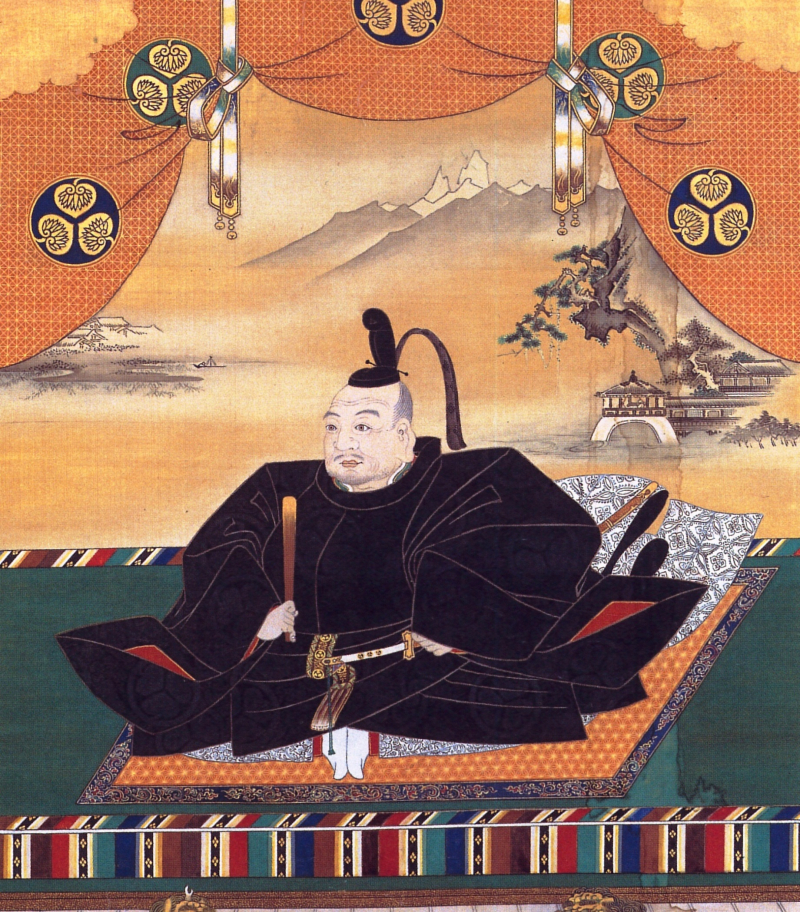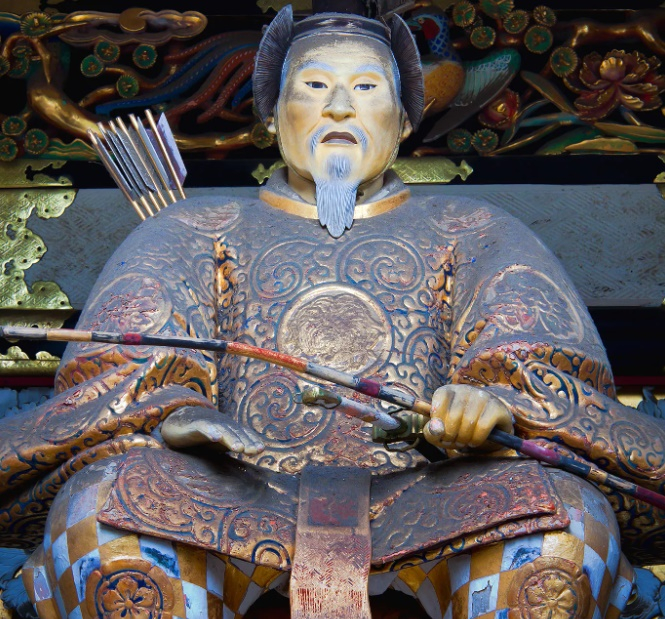Tokugawa Ieyasu
Tokugawa Ieyasu, one of the most famous samurai warriors in history, was the founder and first shōgun of Japan's Tokugawa Shogunate, which controlled the country from 1603 until the Meiji Restoration in 1868. Along with his former lord Oda Nobunaga and fellow Oda subordinate Toyotomi Hideyoshi, he was one of Japan's three "Great Unifiers." Ieyasu, the son of a minor daimyo, served as a hostage for daimyo Imagawa Yoshimoto on behalf of his father. After his father's death, he succeeded as daimyo, acting as a vassal and general of the Oda clan and consolidating his power under Oda Nobunaga.
Ieyasu was a rival of Toyotomi Hideyoshi after Oda Nobunaga's death, before professing his allegiance and fighting on his behalf. Toyotomi moved Ieyasu to the Kanto plains in eastern Japan, away from the Toyotomi power stronghold in Osaka. He built his fortress in Edo, a fishing community (now Tokyo). During the Toyotomi era, he rose to become the most powerful daimyo and senior officer. In Toyotomi's failed attempt to invade Korea, Ieyasu maintained his strength. Ieyasu assumed power after Toyotomi's death in 1600, during the Battle of Sekigahara. He instituted the Bakugan system, a set of strict rules aimed to hold the daimyo and samurai in check under the Tokugawa Shogunate.
Japanese name: 徳川 家康
Born: 31 January 1543, in Okazaki Castle, Mikawa
Died: June 1, 1616, in Sunpu, Tokugawa shogunate
Other names: Matsudaira Jirōsaburō Motonobu, Matsudaira Kurandonosuke Motoyasu, Matsudaira Ieyasu
Notable battles: Siege of Terabe, Siege of Marune, Siege of Kaminogō












